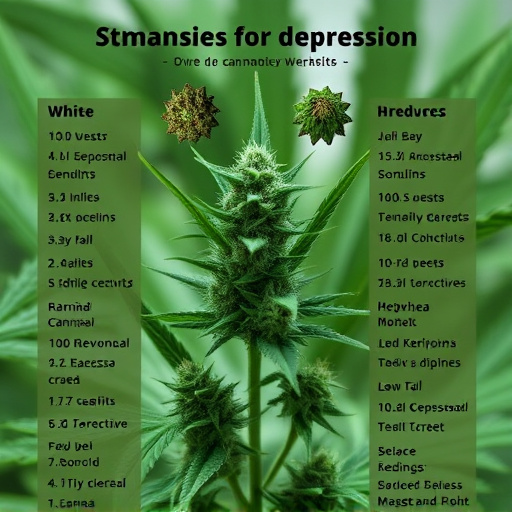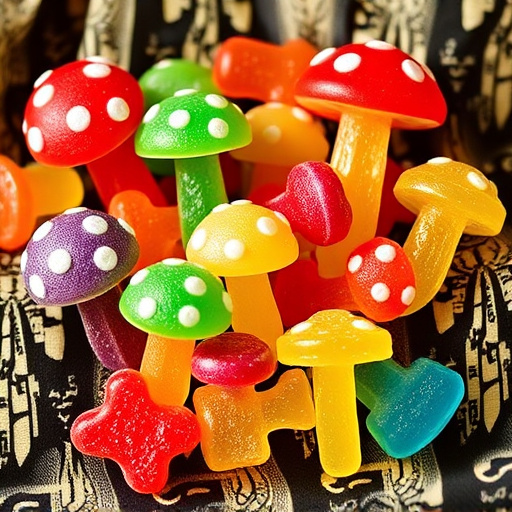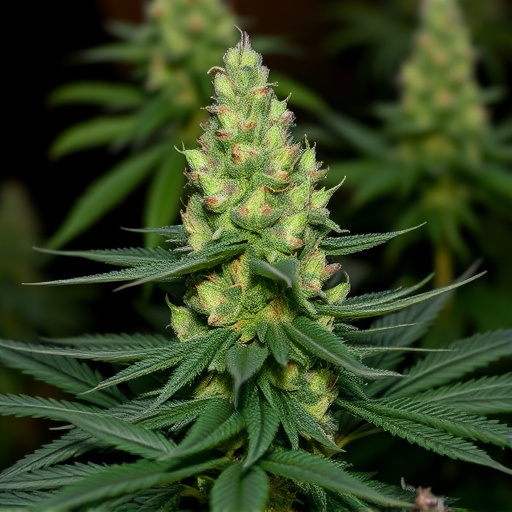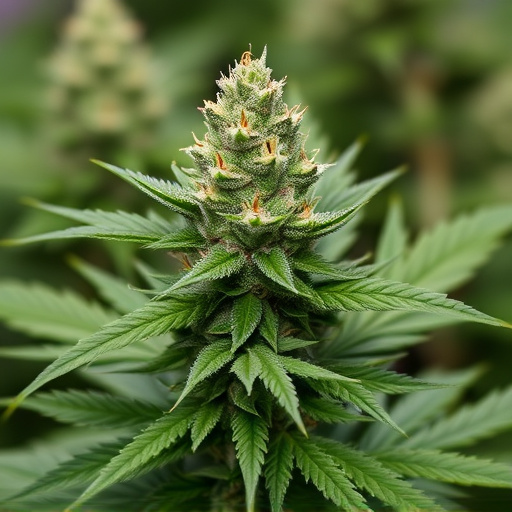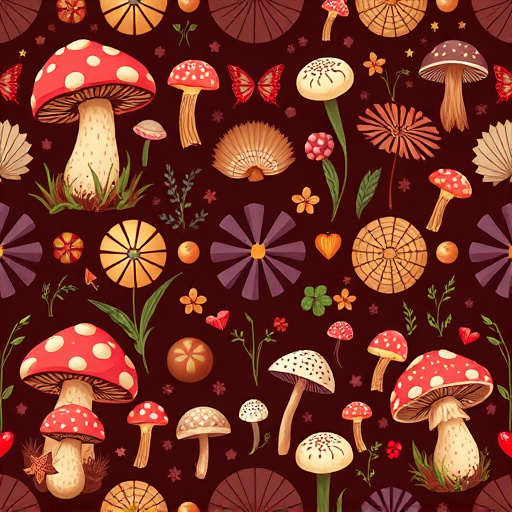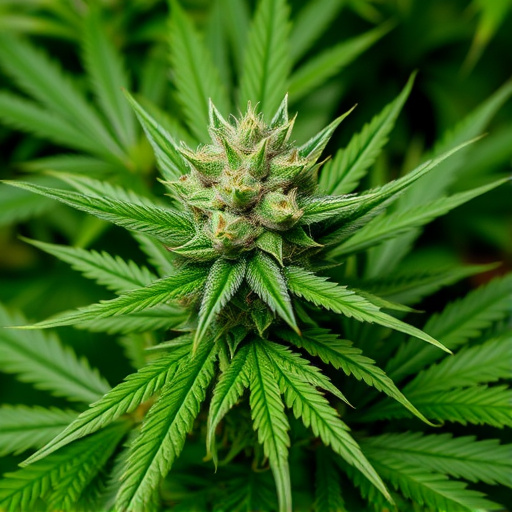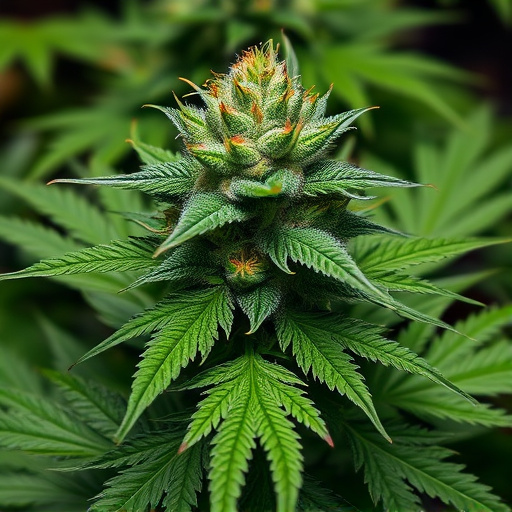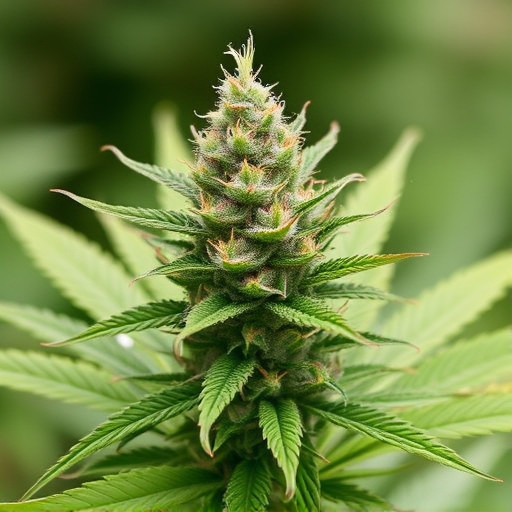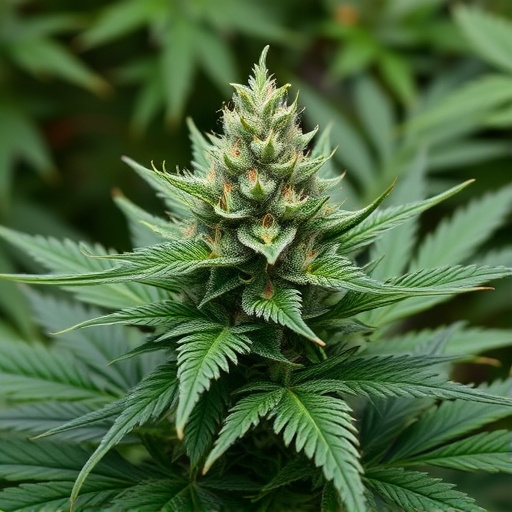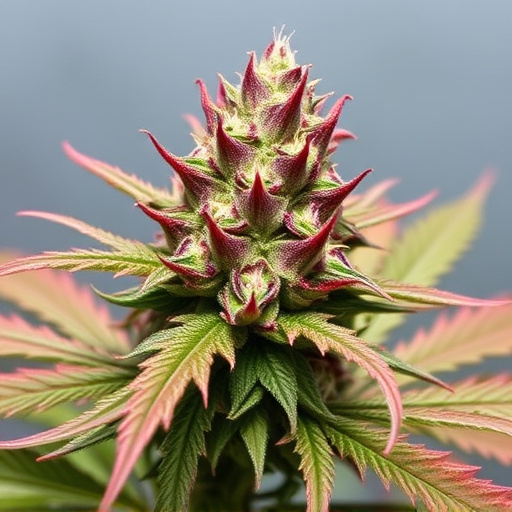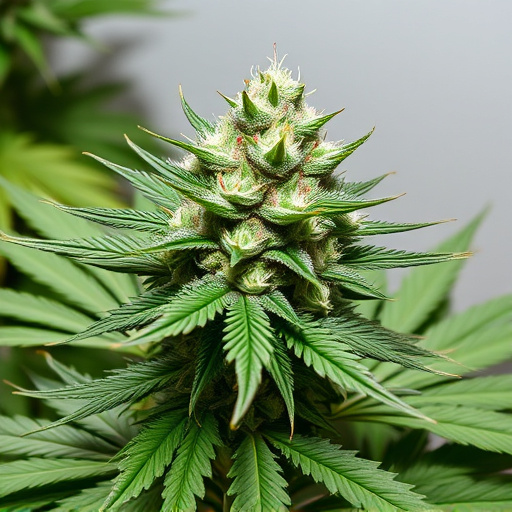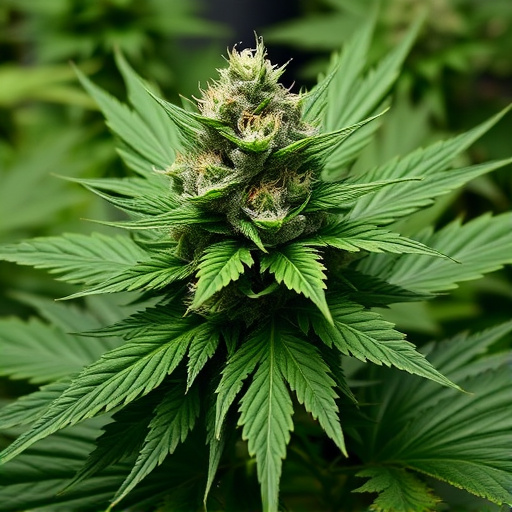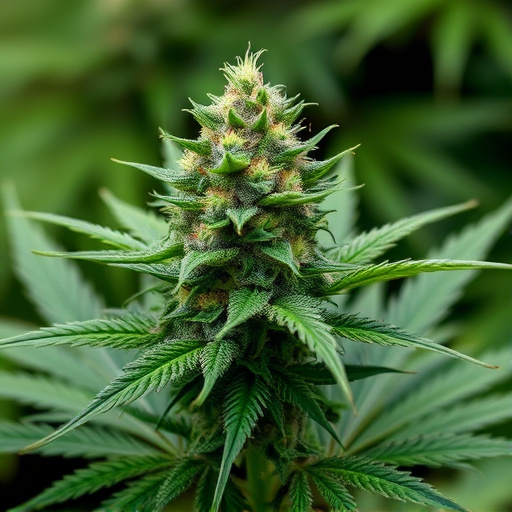Cannabis curing is a meticulous process that enhances aroma, flavor, and potency by controlling temperature (60-72°F), humidity (50-60%), ventilation, and airflow. This method leverages natural plant enzymes to break down and transform cannabinoids like THC, resulting in the strongest cannabis strains sought by consumers for their therapeutic benefits. Optimal curing conditions preserve and enhance terpenes, creating diverse flavor profiles while maximizing desired compounds for superior quality and potency.
“Uncover the secrets behind maximizing cannabis flower potency with our in-depth exploration of curing techniques. Discover how this often-overlooked process can significantly enhance the overall strength and quality of your favorite strains. From understanding the chemical transformations during curing to optimizing conditions for peak performance, we’ll guide you through the science and art of unlocking the true potential of the strongest cannabis strains. Get ready to elevate your grow game!”
- Understanding Cannabis Curing and Its Effects on Potency
- The Science Behind Terpene Evolution During Curing
- Optimizing Curing Conditions for Maximum Strain Potential
Understanding Cannabis Curing and Its Effects on Potency
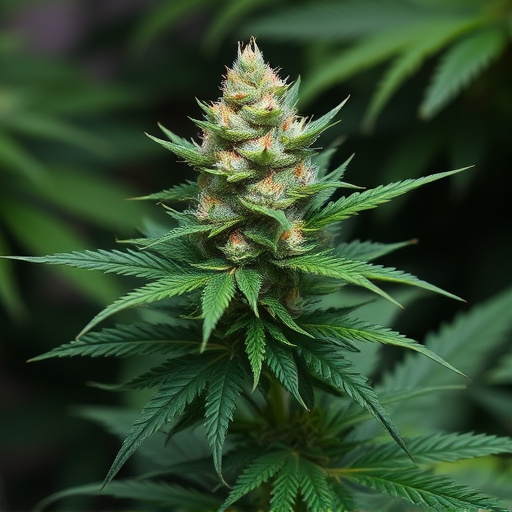
Cannabis curing is a process that involves drying and storing harvested cannabis flowers over an extended period, typically several weeks or more. This method is believed to enhance the plant’s aroma, flavor, and, most intriguingly, potency. The concept behind curing is to allow the plant’s chemical compounds, particularly cannabinoids like THC (tetrahydrocannabinol), to mature and intensify. As cannabis flowers age, certain enzymes within the plant naturally break down and transform these cannabinoids, resulting in a more potent product.
For cultivators aiming to produce the strongest cannabis strains, curing becomes an essential step in their process. By carefully controlling temperature, humidity, and airflow during curing, growers can optimize the maturation of their plants. This artful manipulation allows for a more concentrated profile of desired compounds, making each bud more potent and potentially offering enhanced therapeutic effects. Understanding this relationship between curing and potency is key to crafting top-quality cannabis that meets the expectations of discerning consumers.
The Science Behind Terpene Evolution During Curing
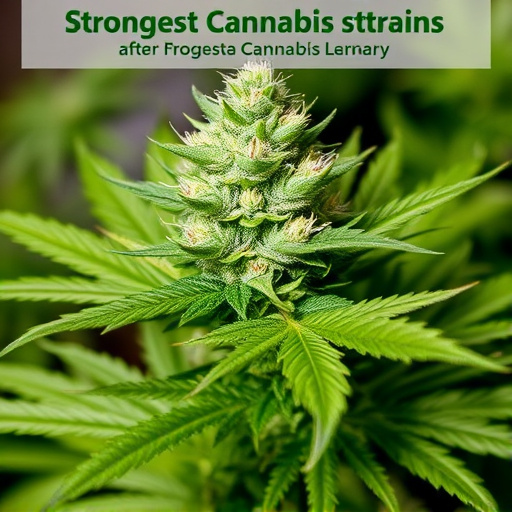
The curing process in cannabis cultivation plays a pivotal role in enhancing the overall quality and potency of flowers, especially when aiming for the strongest cannabis strains. During this period, various chemical compounds undergo transformation, with terpenes being at the forefront of this evolution. Terpenes, known for their aromatic properties, are volatile organic compounds that contribute significantly to the unique flavors and aromas we associate with different cannabis varieties.
As flowers cure, the terpene profile undergoes a complex series of changes. Initially, many terpenes remain relatively stable, but as time progresses, certain terpenes undergo degradation while others synthesize, leading to a diverse range of flavor and aroma profiles. This dynamic process is influenced by various factors, including temperature, humidity, and storage duration. For cannabis cultivators seeking the most potent strains, understanding this terpene evolution is crucial. By carefully managing the curing conditions, they can preserve or even enhance specific terpenes known for their therapeutic benefits and desirable sensory characteristics, ultimately elevating the overall quality of the final product.
Optimizing Curing Conditions for Maximum Strain Potential
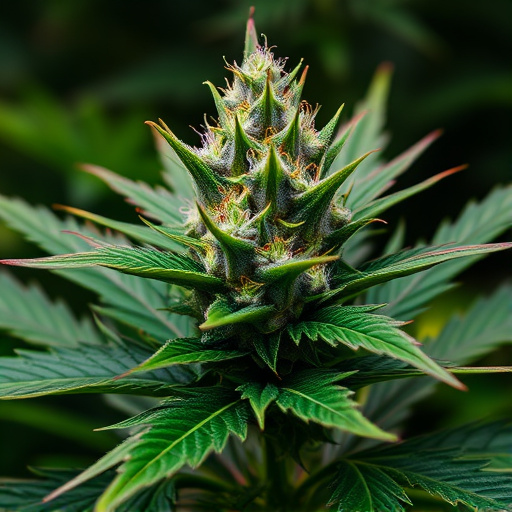
To unlock the full potential of your cannabis flowers and achieve the strongest cannabis strains, understanding and optimizing curing conditions is key. Curing, or maturation, involves a careful process that transforms the plant’s chemistry, enhancing its therapeutic benefits and potent effects. The ideal environment during this phase includes consistent temperature ranges between 60-72°F (15-22°C) and relative humidity levels around 50-60%. This balance ensures efficient moisture evaporation while preserving delicate terpenes and cannabinoids.
Proper ventilation is also crucial, as it minimizes the risk of mold growth and facilitates air circulation, which helps to dry the buds evenly. Hanging the plants or using racks allows for optimal air exposure, ensuring each bud cures uniformly. By maintaining these optimal conditions, cultivators can maximize the concentration of desired compounds, resulting in superior quality and potency for the strongest cannabis strains.
In conclusion, curing plays a pivotal role in enhancing the potency of cannabis flowers. By understanding the science behind terpene evolution and optimizing curing conditions, cultivators can unlock the full potential of their plants, resulting in some of the strongest cannabis strains on the market. This meticulous process ensures that the final product delivers an exceptional experience while showcasing the unique characteristics of each strain.

